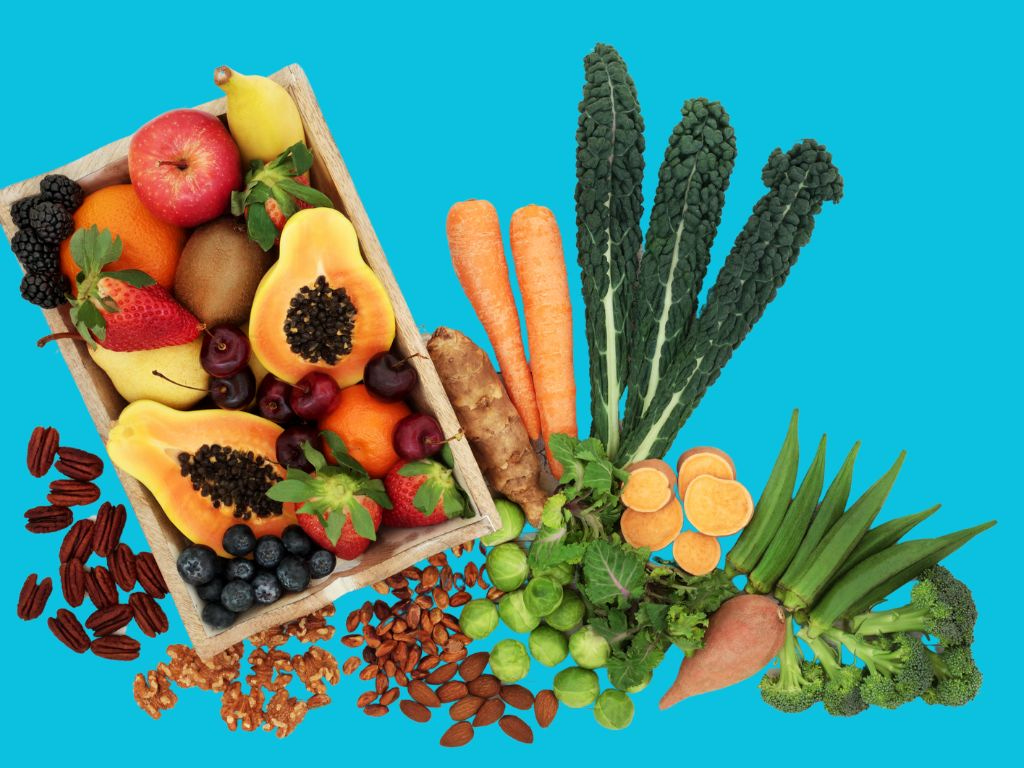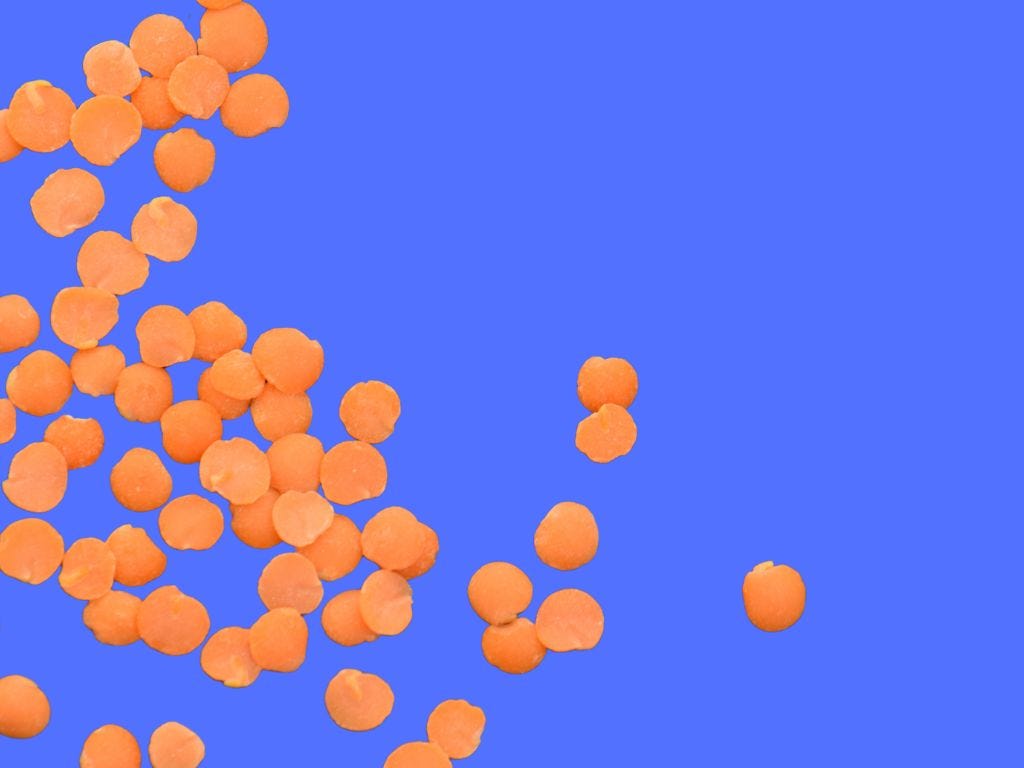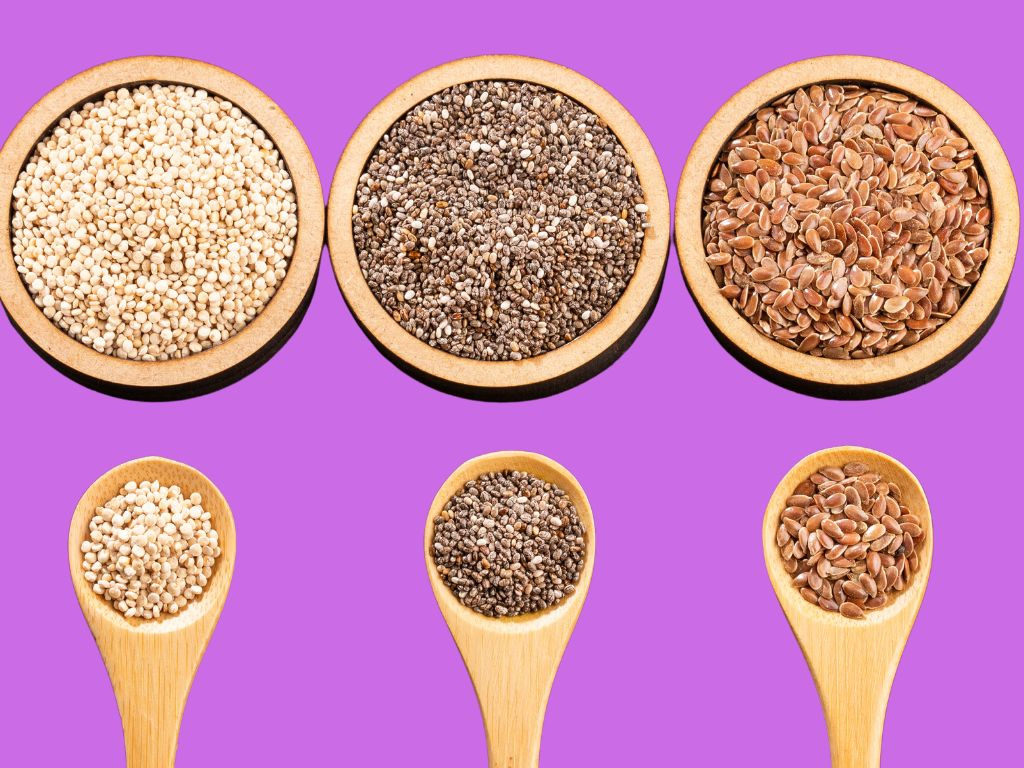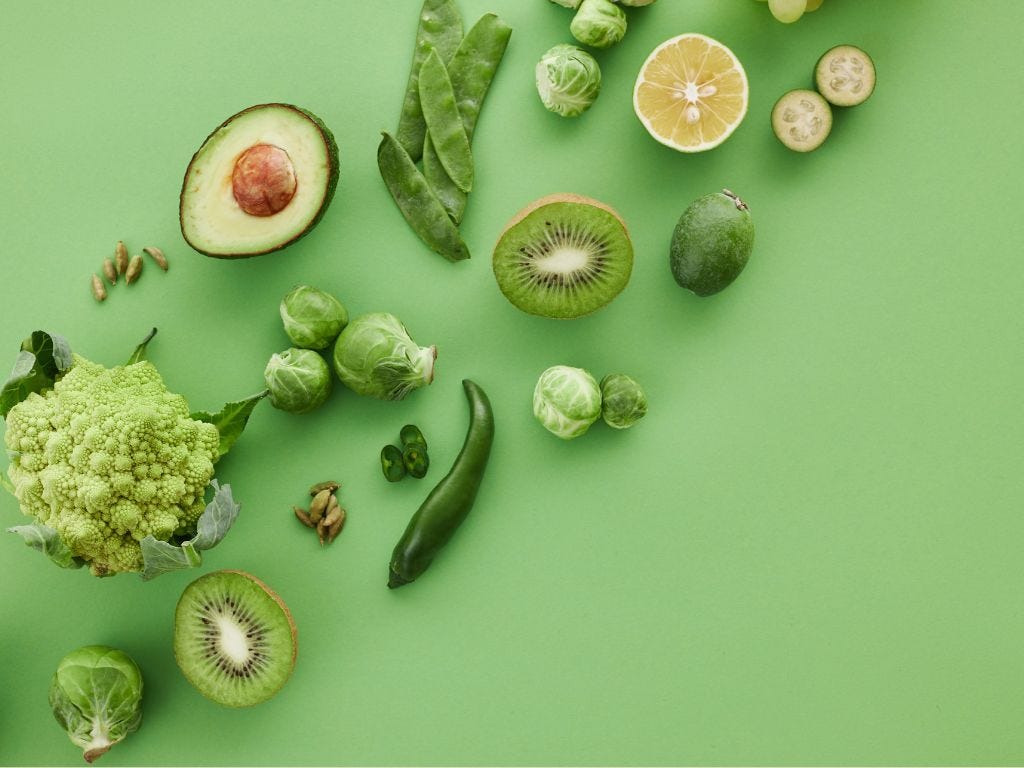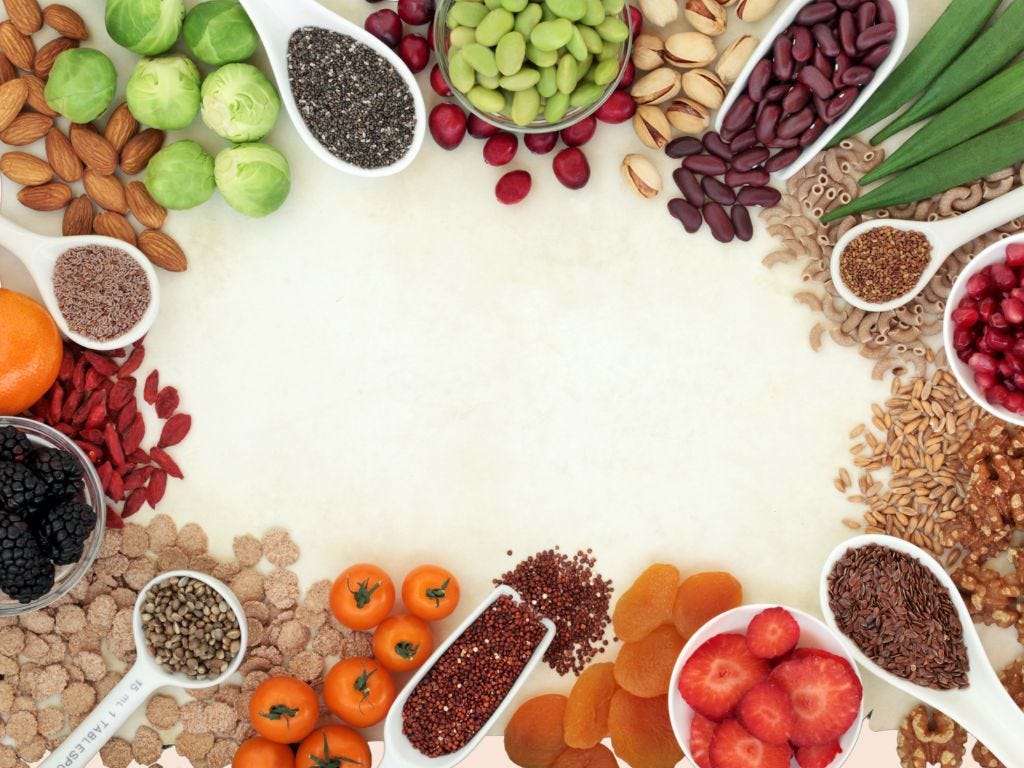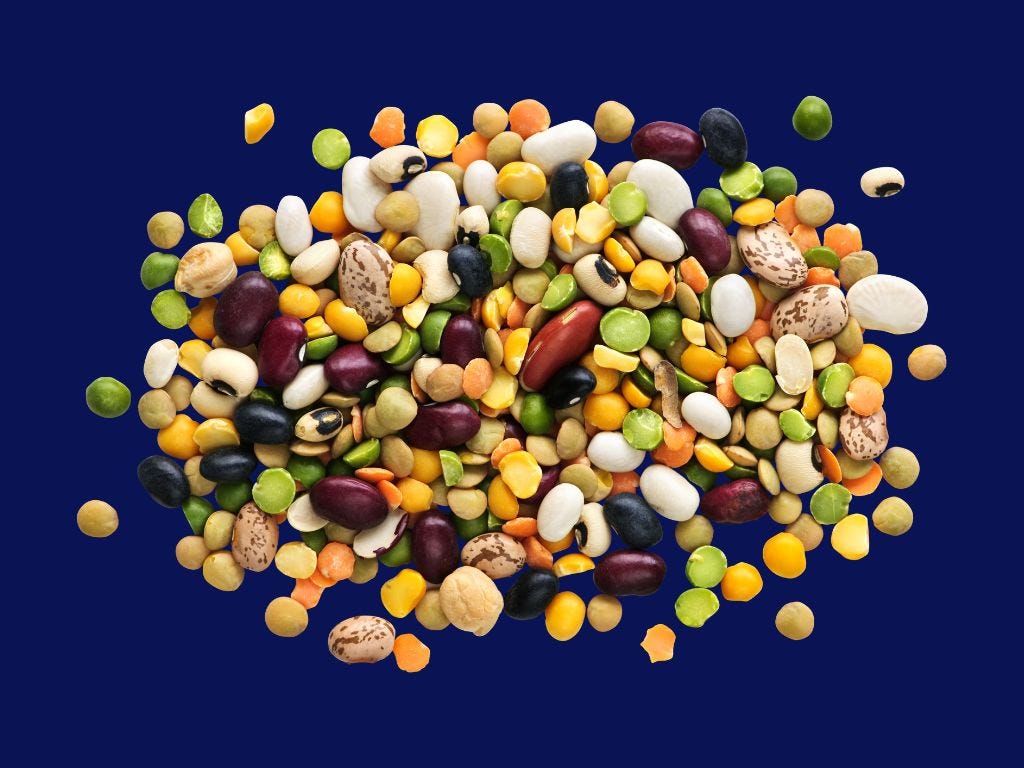Is fibre the missing link to true well-being? 🧠
Chances are, you're not eating enough fibre. Your top questions answered.
90% of us aren’t getting enough of this key nutrient.
And no, I’m not talking about protein.
I’m talking about fibre.
A couple of months ago, I gave a TEDx talk all about the importance of fibre, but I realised I hadn’t shared it properly here.
There’s a reason I call fibre my favourite F-word.
It’s one simple thing we can all be eating more of, not just for our gut health but for our heart, metabolism, energy, cancer risk, and plenty more.
Watch my TEDx talk below to understand more about why fibre is so important.
What we’ll cover today:
What fibre is, and how it’s different from other nutrients
What happens to your body when you eat more fibre (gas, digestion, and all)
Easy ways to eat more fibre, and recipe links to get you started (paid subscribers only)
What is fibre (and how is it different?)
Fibre is a type of carbohydrate, but it’s different because your body can’t digest it.
Unlike other carbs, fats, and proteins, fibre doesn’t get broken down or absorbed by the body.
That’s because fibre is made up of long chains of sugars that human digestive enzymes can’t break down.
So, instead of being digested like other food, fibre passes through your stomach and small intestine mostly unchanged.
It then reaches your large intestine, where it does its important work – feeding your gut microbiome.
Why soluble vs insoluble is outdated
For a long time, we were taught that fibre is either soluble (dissolves in water) or insoluble (doesn't).
While this is still helpful in some cases, scientists are learning more about how different characteristics of fibre work in our bodies and gut.
Instead of only thinking about fibre as soluble or insoluble, we now know that some fibres do different things, like feeding the ‘good’ bacteria in our gut, lowering ‘bad’ cholesterol, or slowing down digestion (or more often, have a combination of characteristics):
Fermentable fibres: These feed the ‘good’ bacteria in your gut, helping them grow and improving your gut health.
Viscous fibres: These are a type of soluble fibre that forms an extra thick gel. This gel traps ‘bad’ cholesterol and stops it from being absorbed, which helps your heart.
Soluble fibres: These dissolve in water and can form a gel, although not always. When they do, the gel is typically less thick than that formed by viscous fibres. They help to control blood sugar by slowing down digestion, giving your body more time to absorb nutrients and keep blood sugar balanced.
Insoluble fibres: These add bulk to your poo, helping food to move through your digestive system at an optimal smooth pace.
This new way of looking at types of fibre, as having multiple possible characteristics, helps us understand just how important it is for our health, and beyond our digestion too.
Start low and slow
If you’re new to eating more fibre, it’s best to start slow.
Fibre is like rocket fuel for your gut microbiome.
When your gut bacteria feed on fibre, they make gas as a by-product. So, if you eat too much fibre too quickly before your gut has had time to adjust, you might feel uncomfortable digestive symptoms like bloating, gas, or an upset stomach.
Try adding a little extra fibre to your meals each day and give your gut time to adapt. Over time, your digestive system will get used to it, and you’ll enjoy all the benefits without the discomfort.
And don’t forget to drink plenty of water. Water helps fibre soften and swell, making it easier to move through your intestines and keep things running smoothly.
Without enough water, fibre can act like a dry sponge, slowing how quickly it moves through your gut, and leaving you feeling constipated.
What digestive changes might you expect?
As you start eating more fibre, you might notice some changes in your digestion, especially in the first few days or weeks. Here’s what to expect:
More frequent trips to the bathroom: Fibre helps keep things moving, so you might find that you need to poo more often.
Temporary bloating or gassiness: This is normal and happens as your gut bacteria get to work digesting the extra fibre, making gas as a side-effect.
Smooth exit: Over time, fibre will help you become more regular, with a nice smooth poo that easily exits the body.
Does fibre make you fart more? (and why?)
Everyone farts, and that’s totally normal!
One small study looked at how adding extra fibre affects gas. Participants ate 200g of baked beans (a good source of fibre) alongside their usual diet, and the average amount of gas they produced was 705ml - almost three glasses full. When they switched to a liquid diet with no fibre, their gas dropped by about 70%, to 214 ml, less than one glass.
Instead of avoiding fibre because of gassy side effects, how about going for a ‘fart’ walk after a meal to release the extra gas?
Is it safe for everyone to eat more fibre?
Keep reading with a 7-day free trial
Subscribe to Second Brain to keep reading this post and get 7 days of free access to the full post archives.



